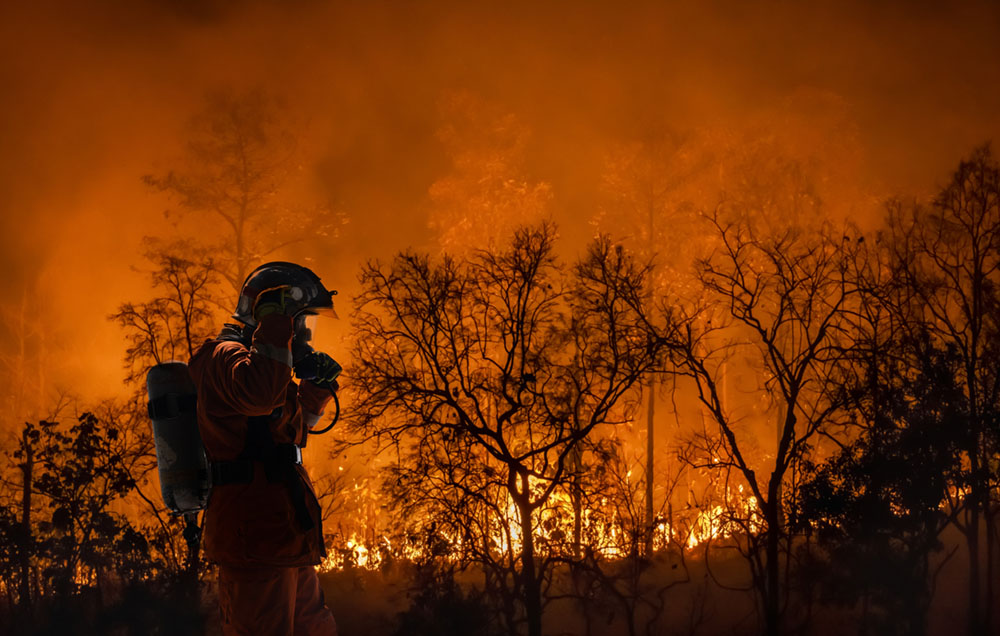 Living in a region prone to wildfires means being prepared to defend your home against a potentially devastating threat. Don't worry, though — there are concrete steps you can take to fortify your home and ensure the safety of your loved ones. Let's delve into the nitty-gritty details.
Living in a region prone to wildfires means being prepared to defend your home against a potentially devastating threat. Don't worry, though — there are concrete steps you can take to fortify your home and ensure the safety of your loved ones. Let's delve into the nitty-gritty details.
- Establish a safety zone It all starts with creating a defensible space around your home. This buffer zone should extend at least 30 feet from your house. Within this area, remove anything that could act as fuel for a fire. This includes dry grass, dead leaves, and fallen branches. Trim any tree limbs that hang over your roof, as they can provide an easy pathway for flames.
- Choose your landscaping wisely When it comes to landscaping, plant selection is key. Opt for fire-resistant plants, such as succulents, that don't easily catch fire. Keep plants well-watered and maintain a good distance between them to prevent the fire from spreading.
- Build a fortress Consider your home's construction materials. If possible, use fire-resistant materials like metal, concrete, and stucco for your walls and roof. Fit chimneys and vents with spark arresters to stop embers from infiltrating. Keep your roof and gutters free of debris that could catch fire.
- Keep danger at bay Within a five-foot radius of your home, establish a non-combustible zone. Replace flammable mulch with materials like gravel, stone, or concrete. And don't forget — store firewood well away from your home to prevent fire from finding an easy entry point.
- Secure vulnerable windows and doors Guarding your windows and doors is crucial. Upgrade to dual-pane or tempered glass windows, which are more resistant to heat. Cover openings with metal mesh screens to block ember intrusion. Seal any gaps around doors and windows to keep embers from sneaking in.
- Have an emergency plan in place When preparing for emergencies, having a plan is essential. Work with your family to create an evacuation strategy that everyone understands. Put together an emergency kit with essentials like water, medications, and important documents. Stay informed by keeping a battery-powered NOAA weather radio on hand to receive wildfire alerts.
- Stay diligent with maintenance Fire preparedness isn't a one-time task. It requires ongoing effort. Regularly clear your property of dead vegetation that could act as kindling. Test your smoke alarms and inspect your fire extinguishers to ensure they're working properly. Review and update your emergency plan annually to ensure its effectiveness.
- Collaborate with your community against wildfires Team up with your neighbors to establish a community-wide wildfire action plan. Share resources, knowledge, and support to increase overall resilience.
- When in doubt, seek expert advice Finally, consider consulting with a wildfire mitigation specialist. They can provide personalized recommendations tailored to your property's unique characteristics.
By taking these precautions, you're minimizing the risk of wildfire damage to your home. Your dedication can make all the difference in safeguarding your property. Start implementing these measures today to fortify your home against wildfires tomorrow. Stay safe, and remember — you can have a hand in protecting what matters most.
Compliments of Virtual Results